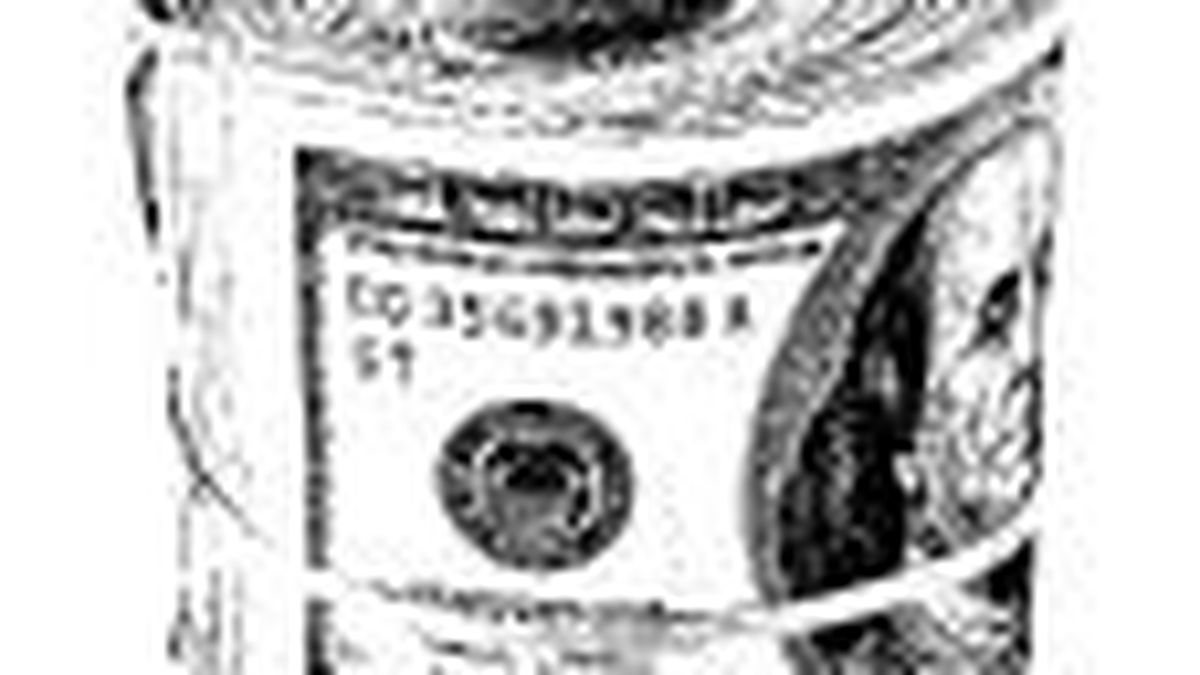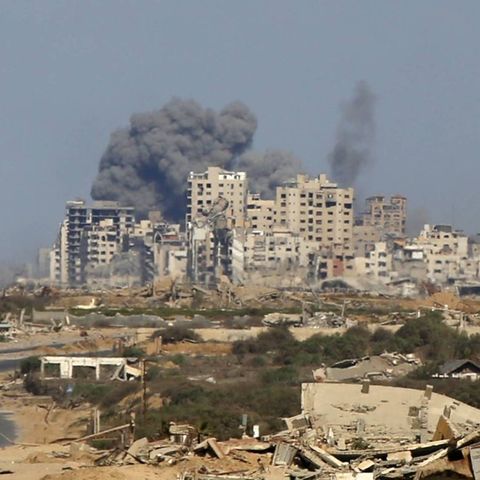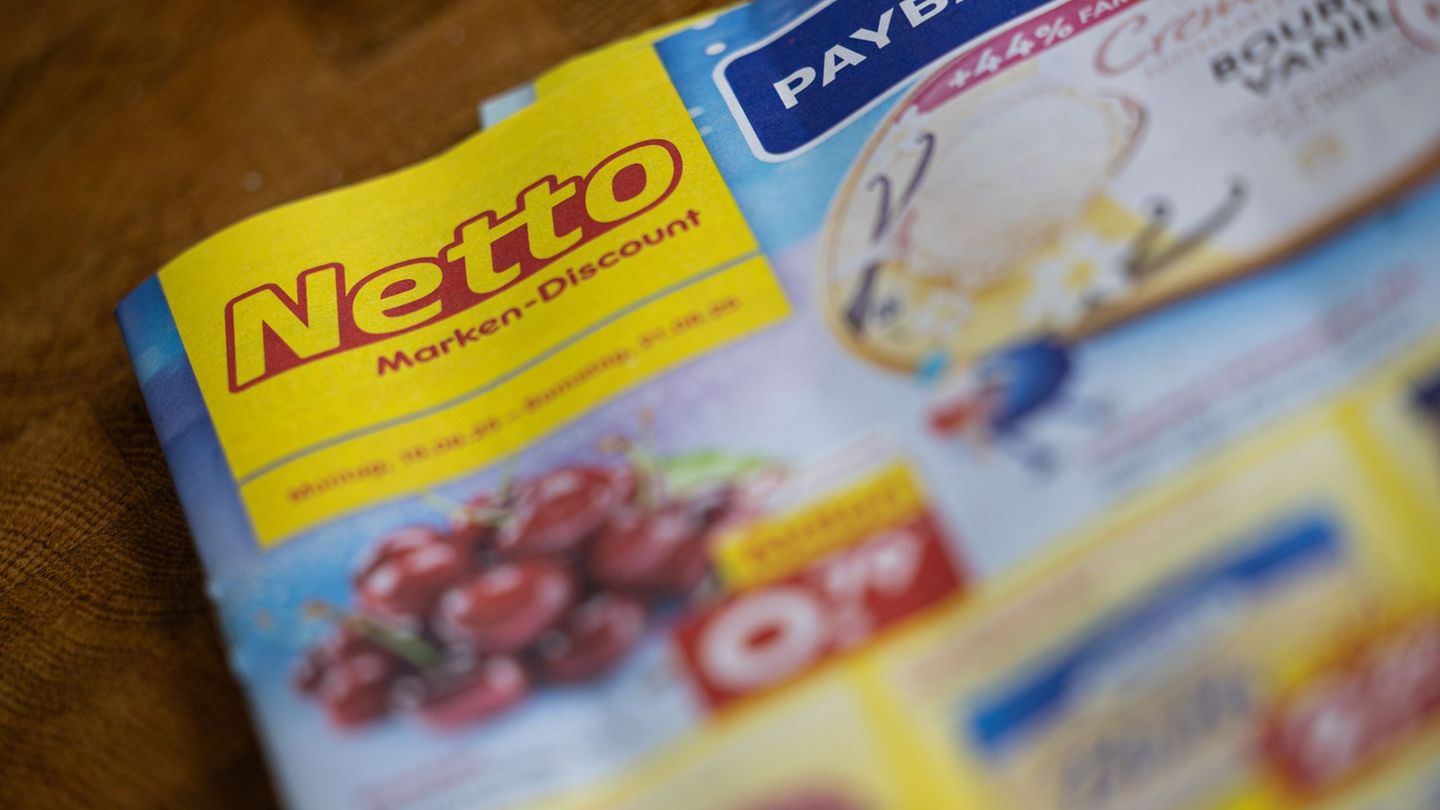From EcoGo, the economist Juan Delich points out that “the lower supply of blue dollars in January tends to be a specific seasonal issue, but that is usually offset by a stronger initial demand for pesos due to vacations in the country.” However, that appears to be reversing earlier than usual this year, as that second trend usually abates in February, which is always a stronger uptrend month for the blue dollar.
Consequently, as explained by the economist from Epyca Consultores, Joel Lupieri, “clearly there is a seasonal component that is reinforced with the change of fortnight, but he considers that to this is added the fact that the debt repurchase and increase measures of the repos rate for banks, which were announced last week, have probably lost part of their initial impact on expectations of depreciation of the peso” and that prompts the search for some coverage.
Rising financials
For its part, the Dollar Cash with Settlement (CCL) rose strongly and reached a new historical record, while the MEP rebounded strongly after falling the day before. Specifically, the CCL dollar rose 0.9% to $367.56, its new all-time high, and the gap with the official exchange rate climbed to 98.3%. In turn, the MEP increased 0.10% to $354.33 and the spread with the official wholesale dollar operated at 91.5%.
The director of the Analytica consultancy, Claudio Caprarulo, adds one last condiment also related to the issue: greater pressure on financial dollars, although he warns that “this is fueled by the drought and a lower liquidation of exports, which usually occurs in January, February and March. These elements worsen the prospects for the entry of dollars into the country.
He mentions, on the other hand, that there was also a delay in the price of financiers and the blue dollar that has been coming since last year, which could be generating a “recovery” effect at this time. However, he clarifies that, from Analytica “we do not see that the increase in the blue or the parallels is related to an expectation of a shock devaluation.”
For its part, the dollar without taxes climbed 36 cents and ended at $192.6 for sale, according to the average of the banks in the private system and at Banco Nación it rose 50 cents and sold at $192.
The new Qatari dollar -which includes 30% of the COUNTRY tax, 45% deductible from Income Tax and Personal Assets, and a new collection of 25% on account of Personal Assets- rose 96 cents (0.25% ) and was offered for $385.48.
Finally, the savings or solidarity dollar, with the tax burden, increased 59 cents and operated at $317.82, while the wholesaler, which is regulated by the BCRA, is 37 cents more expensive and trades at $185.40.
Source: Ambito
David William is a talented author who has made a name for himself in the world of writing. He is a professional author who writes on a wide range of topics, from general interest to opinion news. David is currently working as a writer at 24 hours worlds where he brings his unique perspective and in-depth research to his articles, making them both informative and engaging.




